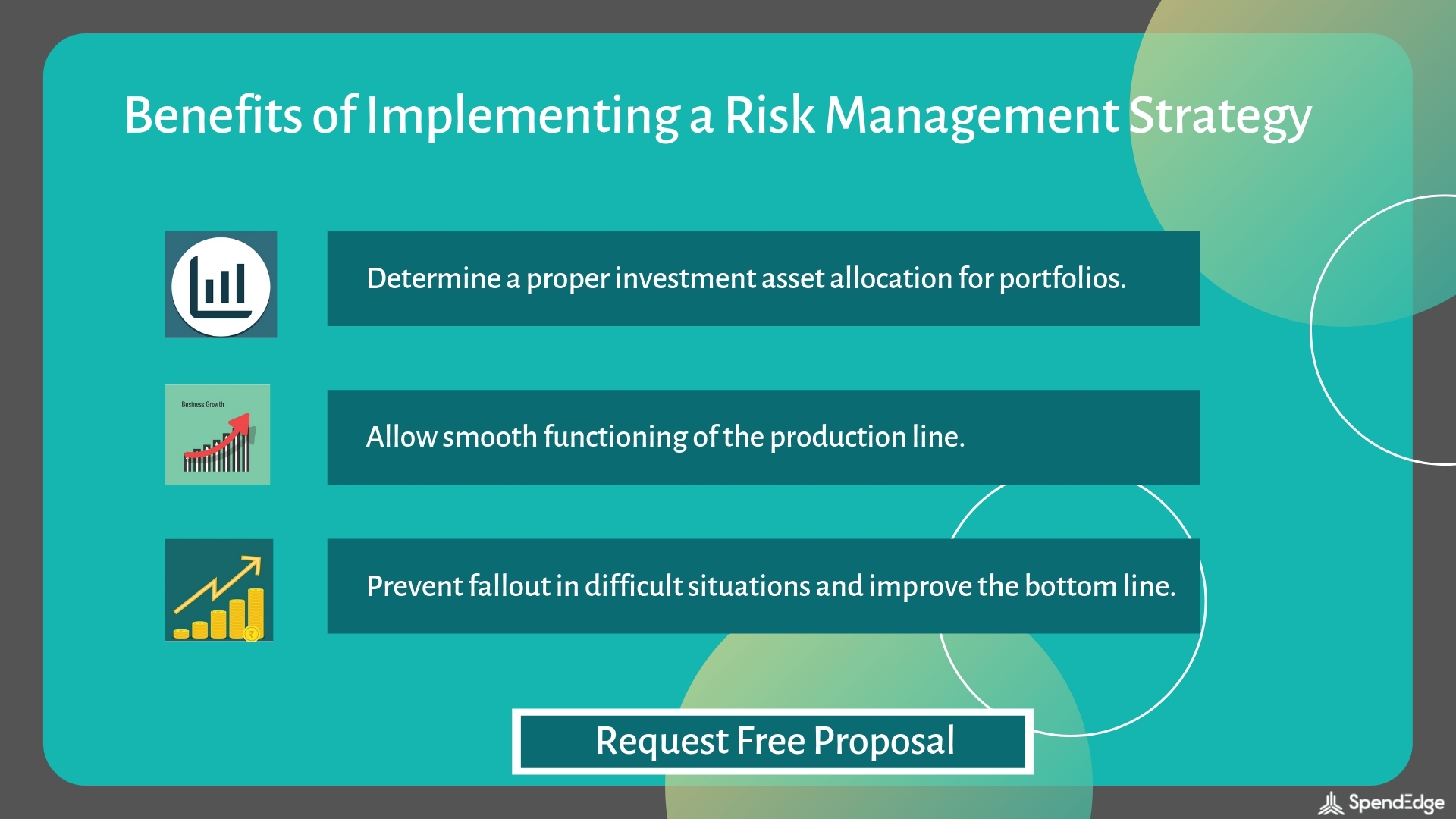How the Importance of Risk Management Shapes Powerful Leadership
How the Importance of Risk Management Shapes Powerful Leadership
Blog Article
Checking out the Significance of Risk Management for Effective Decision-Making Methods
In the intricate world of service, Risk Management emerges as an essential factor in the decision-making process. The ability to determine prospective hazards and possibilities, and strategize accordingly, can spell the difference between success and failure.
Understanding the Idea of Risk Management
Risk Management, an important element in decision-making, is usually misconstrued or oversimplified. Risk Management includes self-displined and structured strategies, using information and insightful analyses. From financial unpredictabilities, legal responsibilities, tactical Management mistakes, to mishaps and all-natural disasters, it attends to various dangers - importance of risk management.
The Duty of Risk Management in Decision-Making Processes
In the realm of calculated planning and business procedures, Risk Management plays an essential role in decision-making procedures. Risk Management therefore becomes a vital device in decision-making, assisting leaders to make educated choices based on a comprehensive understanding of the dangers included. Risk Management serves as an essential part in the decision-making processes of any organization.

How Risk Management Improves Strategic Planning
In the context of strategic preparation, Risk Management plays an essential role. Launching with the recognition of possible threats, it even more encompasses the execution of Risk mitigation procedures. The role of Risk Management is not static yet vibrant, as it requires constant surveillance and adjusting of methods.
Identifying Possible Risks

Applying Risk Reduction
Risk mitigation approaches can range from Risk avoidance, Risk transfer, to run Read More Here the risk of reduction. Each method ought to be customized to the certain Risk, considering its prospective impact and the company's Risk tolerance. Reliable Risk reduction requires a deep understanding of the Risk landscape and the potential effect of each Risk.
Tracking and Readjusting Techniques
Though Risk reduction is a crucial action in critical preparation, constant tracking and adjustment of these strategies is equally important. It additionally supplies a chance to evaluate the success of the Risk Management steps, allowing adjustments to be made where essential, further boosting critical preparation. Monitoring and readjusting Risk Management approaches is a critical part for boosting a company's durability and calculated planning.
Case Studies: Effective Risk Management and Decision-Making
In the world of service and finance, successful Risk Management and decision-making typically offer as the columns of flourishing business. These instances highlight the value of sharp Risk Management in decision-making processes. These situations underscore the important role of Risk Management in strategic decision-making.
Tools and Strategies for Effective Risk Management
Browsing the elaborate puzzle of Risk Management needs the appropriate set of techniques and tools. These devices, such as Risk registers and warm maps, help in identifying and More Bonuses examining possible risks. Strategies include both quantitative techniques, like level of sensitivity evaluation, and qualitative methods, such as SWOT analysis. These aid in focusing on dangers based upon their possible impact and possibility. Risk feedback strategies, a vital component of Risk Management, entail approving, avoiding, transferring, or mitigating risks. Tracking and managing dangers, with normal audits and reviews, ensure that the read this post here techniques stay efficient. With these devices and methods, decision-makers can browse the facility landscape of Risk Management, therefore helping with informed and effective decision-making.
Future Trends in Risk Management and Decision-Making Techniques
As we discover the substantial landscape of Risk Management, it becomes evident that the strategies and tools made use of today will proceed to advance. The idea of Risk culture, where every member of a company is conscious and included in Risk Management, will get more prominence. These patterns advertise a more aggressive and comprehensive technique in the direction of Risk Management and decision-making.
Verdict

Risk Management thus becomes an essential device in decision-making, assisting leaders to make informed choices based on a comprehensive understanding of the threats included. Risk reduction techniques can range from Risk avoidance, Risk transfer, to run the risk of reduction (importance of risk management). Reliable Risk reduction needs a deep understanding of the Risk landscape and the prospective impact of each Risk. Risk feedback methods, an essential part of Risk Management, include approving, preventing, moving, or mitigating risks. The principle of Risk culture, where every participant of an organization is aware and included in Risk Management, will certainly acquire extra prestige
Report this page